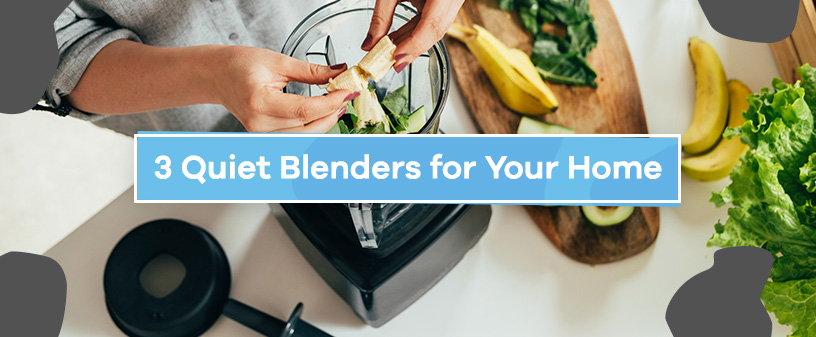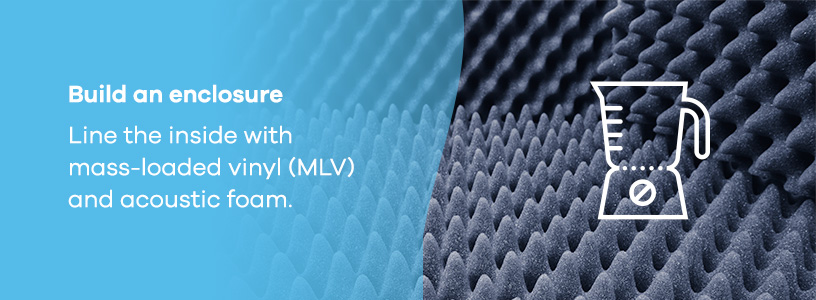
3 Quiet Blenders for Your Home
You’ve got to love a delicious smoothie to start your morning, but blenders can be disruptive. Let’s dive into the causes of blender noise, some of the quietest blenders available and ways to make your blender even quieter.
What Makes a Blender Quiet (Or Noisy)
The motor and blades are the primary factors that influence a blender’s noise level. Weak motors and dull blades will struggle to cut through frozen ingredients or even large quantities of soft ingredients. The motor may hum, buzz or rattle when overworked. Blades will clank and sputter when they lose their edge or try to cut something that’s too hard.
To address blender noise, manufacturers start by including a powerful motor — usually 1,000 watts or more. Then, many models feature rubber or another absorptive material around the motor. Installing stainless steel blades that maintain their edge helps, too. Finally, a few of the quietest blenders have exterior casings that attempt to contain as much noise as possible.
The Quietest Blenders
Here are three of the quietest blenders on the market:
- CRANDDI soundproof quiet blender: This quiet smoothie blender features a thick shield that contains noise, plus a powerful 2,200-watt motor that’ll cut through any ingredient.
- Breville Fresh and Furious: A high-torque motor and an always-sharp stainless steel blade allow Breville’s model to blend with surgical precision.
- Hamilton Beach Professional Quiet Shield Blender: Another shielded unit, this blender operates at 1,500 watts and features stainless steel blades. The design is a bit more slender than other comparable options.
How to Make a Blender Quieter
While manufacturers do their best to create quiet blenders, the soundproof models are often expensive and only so effective. Fortunately, you can take a few steps to reduce blender noise on your own.
Here are two of our recommendations:
- Create a padded base: Cushioning your blender from underneath can reduce its vibrations. A towel is one solution, but fashioning a padded platform from sound deadening pads or flooring underlayment can do the job with a cleaner look.
- Build an enclosure: You can build your own sound shield and bolster it with soundproofing materials for better results. Pick up some medium-density fiberboard (MDF) that you can use to make a three-sided box for your blender. Then, line the inside with mass-loaded vinyl (MLV) to prevent transmission and acoustic foam to absorb noise.
Soundproof Your Blender With Soundproof Cow
Soundproof Cow has the materials you need to dampen your noisy blender or improve kitchen acoustics for a more peaceful home. Check out our soundproofing products or get in touch to request a free acoustic analysis at your home!




